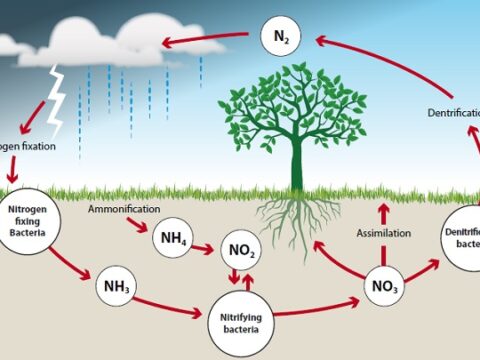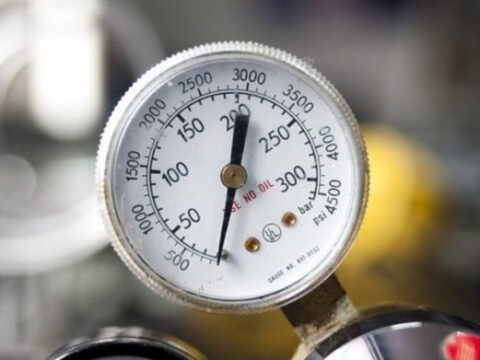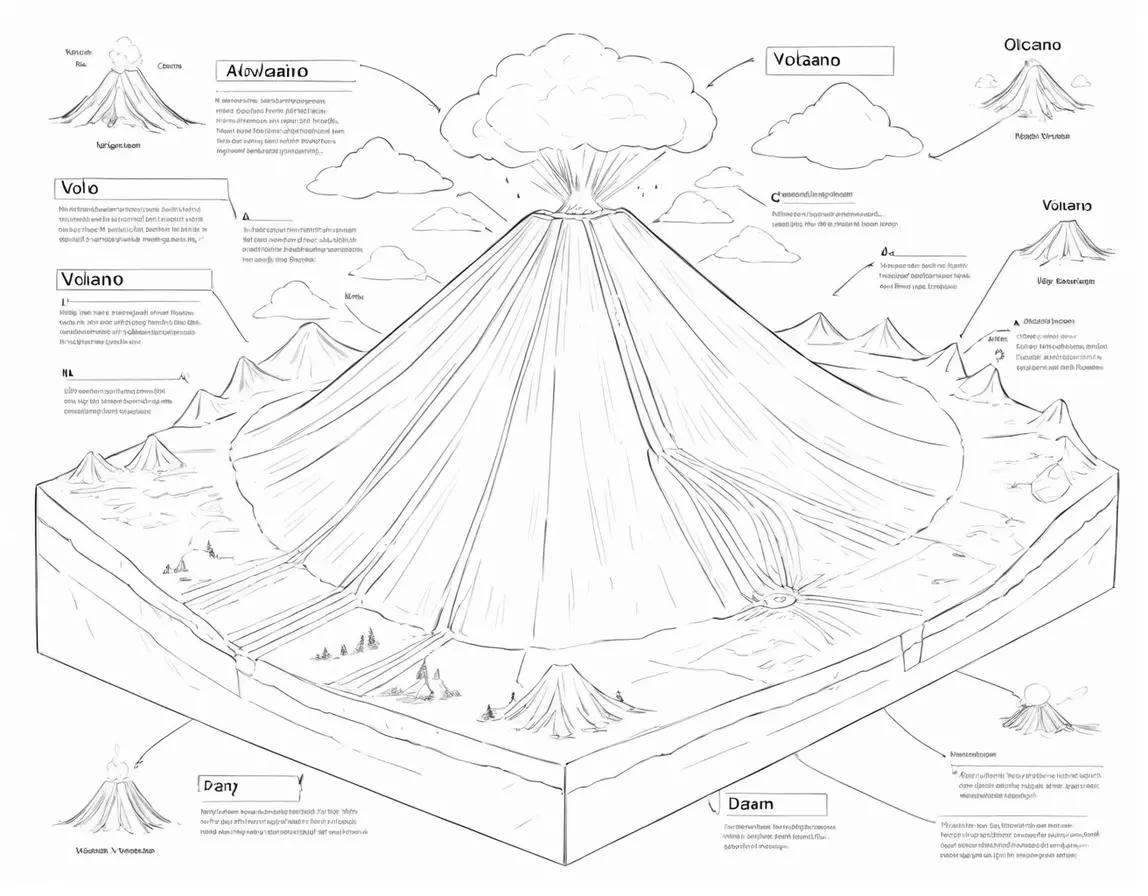
LAYERS OF THE EARTH
The Earth, like an onion, has layers that can be dissected to understand the physical and chemical features of each layer as well as their influence on the rest of the Earth. In general, the Earth has four layers:
The crust on the outside
The cloak
The outer core of heated liquid
The inner core’s solidity

When classifying the layers, geologists divide them into two categories: rheological and chemical. The liquid state of rocks at extreme pressure and temperature is referred to as rheological differentiation. For example, rock will respond to strain substantially differently under typical atmospheric temperatures and pressures than rock less than thousands of kilometers long.
Based on rheology, the Earth is divided into the lithosphere, asthenosphere, mesosphere, outer core, and inner core. However, if we divide the strata based on chemical differences, we get crust, mantle, outer core, and inner core.
Understanding phase diagrams is required to comprehend the differences between distinct regions of the mantle or the outer vs inner core.
The Crust of the Earth
We live on the crust, which is by far the thinnest of the earth’s layers. The thickness varies according to location, with marine crust being 5-10 km thick and continental mountain ranges being up to 30-45 km thick.
Because thin oceanic crust is denser than thicker continental crust, it floats lower in the mantle than continental crust. Some of the thinnest oceanic crust can be found near mid-ocean ridges where new crust is rapidly forming. In comparison, when two continents meet, like in the case of the India Plate and the Eurasia Plate, the crust becomes folded together, resulting in some of the thickest parts of the crust.
Temperatures within the Earth’s crust range from air temperatures near the surface to almost 870 degrees Celsius in deeper areas. At this temperature, the rock begins to melt and the mantle beneath it forms. Geologists divide the Earth’s crust into plates that move in relation to one another.
Given that the Earth’s surface is basically constant in area, making crust requires destroying an equivalent amount of crust. With underlying mantle circulation, we witness mantle magma inserted along mid-ocean ridges, constantly producing new oceanic crust. To make room for this, however, the oceanic crust must subduct (sink below) the continental crust.
The crust of the Earth “floats” on top of the soft plastic-like mantle beneath. In some cases, such as the Hawaiian Islands, the mantle obviously drives changes in the crust. However, whether oceanic crust subduction and mid-ocean ridge spreading are powered by a push or pull mechanism is still being debated.
In general, basalt makes up the oceanic crust, while granite-like rocks make up the continental crust. The lithosphere layer is formed by combining a solid, comparatively cooler section of the upper mantle with the crust. Because of its mild temperatures, the lithosphere is physically different from the lower layers and typically spans 70-100 km deep.
The asthenosphere layer, which is more hotter and more pliable than the lithosphere, lies beneath the lithosphere. The asthenosphere originates at the lithosphere’s base and extends approximately 700 kilometers within the Earth. The asthenosphere serves as a lubricating layer beneath the lithosphere, allowing the lithosphere to move around the Earth’s surface.
The Mantle of the Earth
The mantle is the layer of the earth beneath the crust that is by far the largest, accounting for 84% of the Earth’s volume. The Mohorovicic Discontinuity, often known as the Moho, is where the mantle begins. The Moho is described as the density difference between the less dense crust and the denser mantle when seismic wave velocities increase.
The mantle behaves similarly to plastic, and the rock is malleable at extremely high temperatures and pressures. This deformation creates large-scale upwelling and downwelling zones in the mantle, similar to convection.
Temperatures in the mantle range from 500 to 900 degrees Celsius in the upper portion to over 4,000 degrees Celsius near the core boundary and extend down to 2,890 kilometers into the Earth’s surface. The bulk mineralogy of the Earth’s mantle is thought to be comparable to peridotite. Peridot is the name given to gem-quality peridotite.
The Outer Core of the Earth
The outer core is the earth’s liquid, mostly iron-rich layer that sits beneath the mantle. Seismic investigations of the Earth’s interior have proven that the outer core is liquid. The outer core is 2,300 km thick and extends about 3,400 km within the planet.
No one has ever seen the outer core, but geologists estimate it is composed of 80% iron, some nickel, and a variety of lighter elements based on a number of clues.
When the Earth was first cooling billions of years ago, heavier elements slid down into the core, while less dense elements floated to the surface. As a result, as you move closer to the center of the Earth, the density rises.
The outer core is hot enough to melt but not under enough pressure to solidify the iron, as seen in the inner core.
The outer core’s temperature ranges between 4,030 and 5,730 degrees Celsius. Surprisingly, the outer core is fluid and thick enough to spin faster than the whole Earth. The Earth’s magnetic field is created by the differential velocity of spinning, as well as the convection and turbulent flow of the iron outer core.
The inner core is the centermost layer of Earth and is comparable to the outer core in many aspects. It is likewise predominantly composed of iron and nickel and has a radius of around 1,220 kilometers. The distinction between the outer and inner cores is determined by density.
The pressures rise to the point that, despite extremely high temperatures, the inner core remains solid. It’s also high in rare heavy elements including gold, silver, platinum, palladium, and tungsten.
Temperatures can reach 5,400 degrees Celsius, while pressures can exceed 360 gigapascals. The inner core is around 70% of the Moon’s radius and about the same temperature as the Sun’s surface.



















